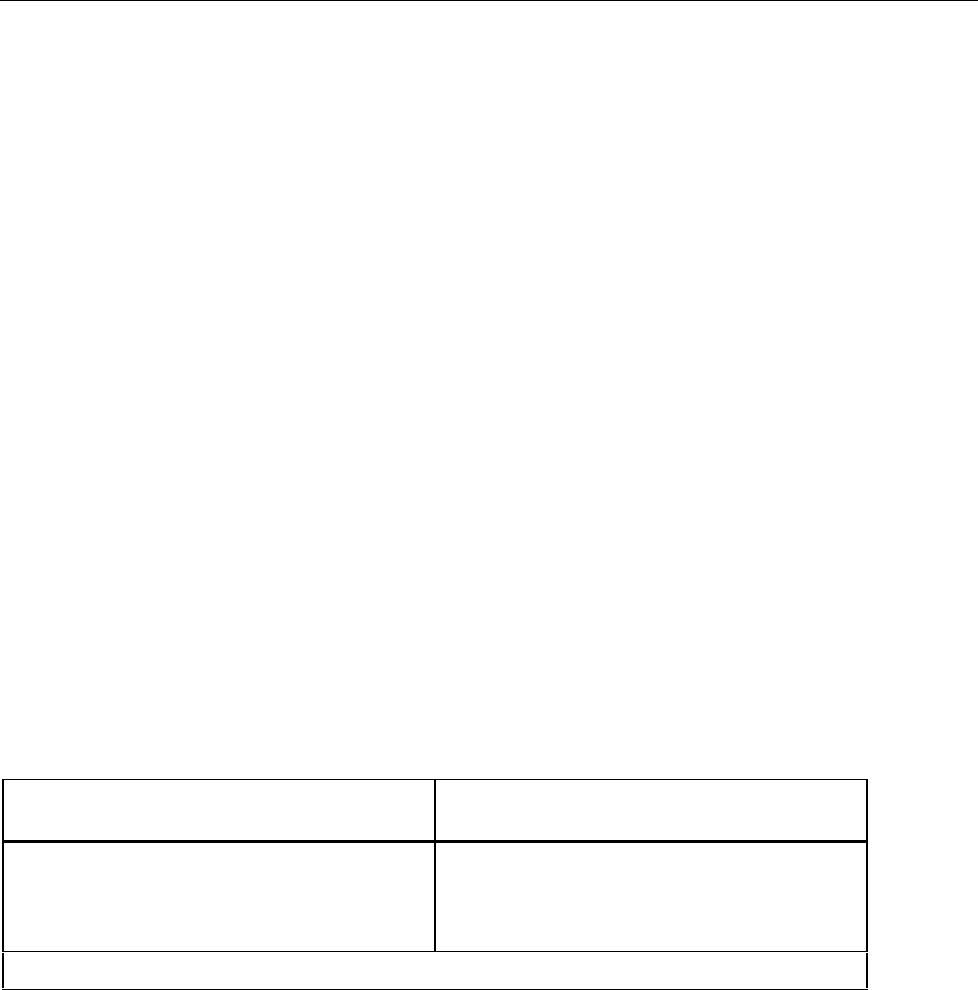
Maintenance
Performance Tests
6
6-15
RTD Temperature Accuracy Test (Using DIN/IEC 751)
1. Switch OFF power to the instrument and disconnect all other high voltage inputs.
2. Remove the Input Module from the rear of the instrument. Open the Input Module
and connect a Platinum RTD, conforming to the European Standards IEC 751 (DIN
43760).
2-terminal RTD: Connect the RTD’s excitation leads to the H (high) and L (low)
terminals of channel 1.
4-terminal RTD: Connect the RTD’s excitation leads (one red and one black wire) to
the H (high) and L (low) terminals of channel 1. Connect the RTD’s second pair of
red and black leads to the H and L leads of channel 11 (refer to Figure 6-3 for proper
connection). Install the Input Module back into the instrument.
Note
4-terminal connections are made using pairs of channels. 4-terminal
measurements can only be made on channels 1 through 10. Their
accompanying pairs are channels 11 through 20.
3. Switch the instrument ON.
4. Insert the RTD probe and a mercury thermometer in a room temperature bath. Allow
20 minutes for thermal stabilization.
5. Dependent on the type connection made in step 2, select either the 2-Terminal or 4-
Terminal RTD temperature function, RTD type PT (DIN IEC 751), for channel 1 on
the Hydra Series II Instrument. Press M and ensure the display reads the
temperature of the room temperature bath (within tolerances shown in Table 6-6) as
measured by the mercury thermometer.
Table 6-6. Performance Tests for RTD Temperature Function (DIN/IEC 751 Amendment 1)(IPTS-68)
RTD TYPE
TEMPERATURE ACCURACY SPECIFICATIONS
1 YEAR @ 18-28 DEGREES C
2-wire (channel 0) -0.54°C to + 0.59°C
2-wire (channels 1-20) -0.54°C to 11.54°C
4-wire +/-0.54°C
Assumes RTD R0 is set to 100.00 ohms for each channel
6. The RTD Temperature Accuracy test is complete. However if you desire to perform
this test on any other channel (0 or 2 through 20) repeat steps 1 through 5
substituting in the appropriate channel number.
Note
The only type of temperature measurement that can be made on channel 0
is 2-terminal RTD. Channels 11 through 20 will support only 2-terminal
RTD’s.
Digital Input/Output Verification Tests
Digital Input/Output verification testing requires computer interfacing with a host
(terminal or computer). The host must send commands to the instrument to control the
digital lines for this test. Refer to Chapter 4 for a description of configuring and
operating the instrument.
